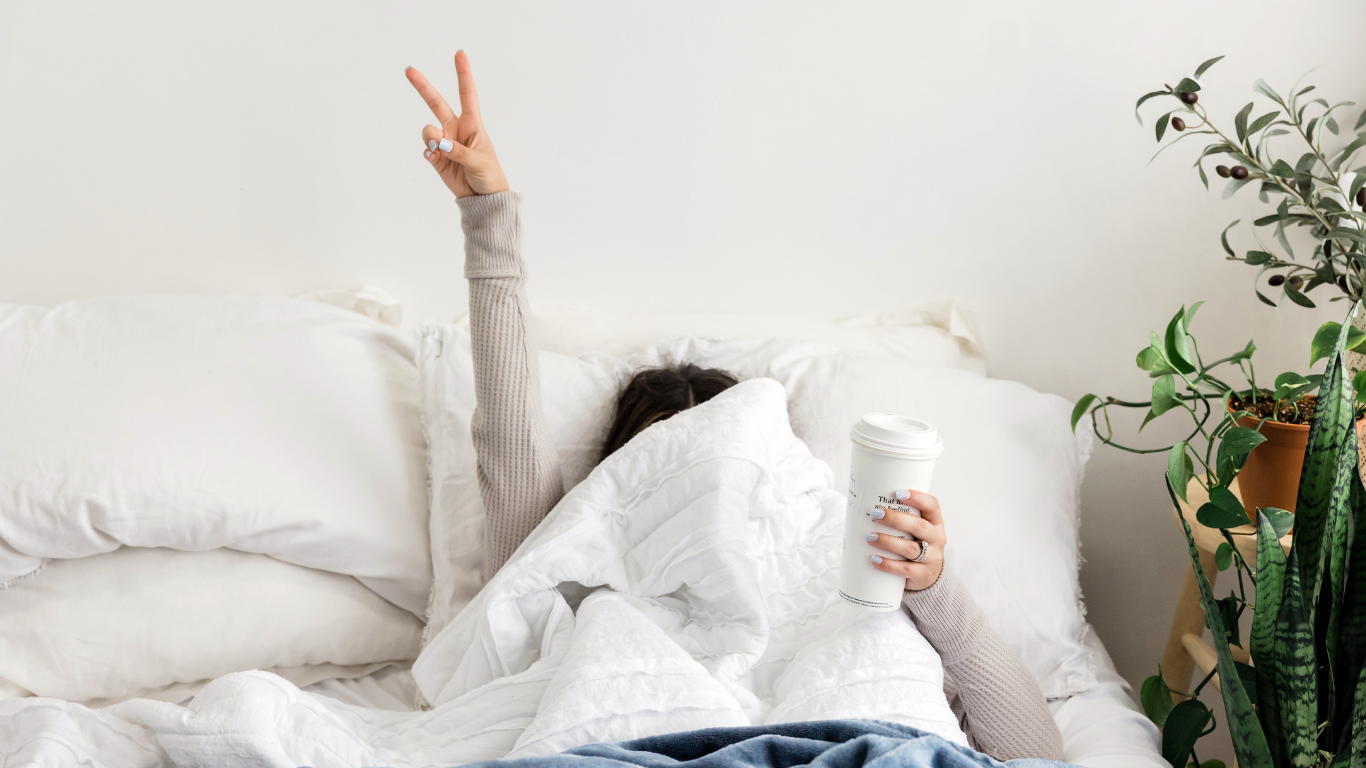We spend nearly one-third of our lives asleep—so it makes sense to want that time to be as restorative and healthy as possible. But beyond finding the perfect pillow or the ideal room temperature, your sleeping position could be playing a big role in how well (or poorly) you feel when you wake up.
And no, it’s not just about what feels cozy in the moment. The way you position your body for those 7 to 8 hours can impact everything from your spinal health and digestion to snoring and chronic pain. So how do you figure out the best sleeping position for you?
Let’s break it down—because not all sleep is created equal.
Why Your Sleep Position Matters More Than You Think
According to data from the National Sleep Foundation, a whopping 69% of adults prefer to sleep on their sides, followed by 19% who lie on their backs and 12% who sleep on their stomachs. But what do these numbers actually mean for your health?
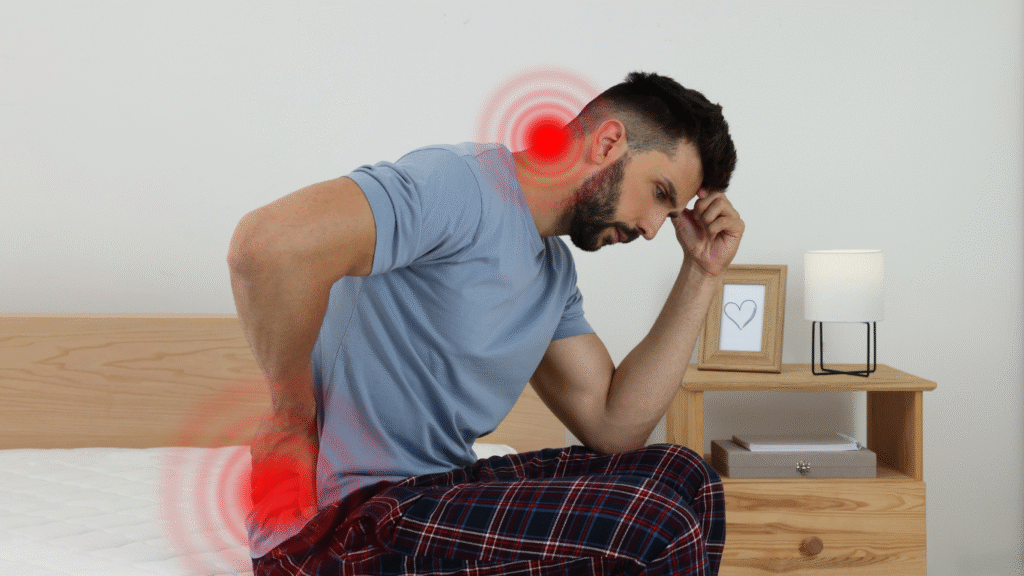
Dr. Lena Howard, a sleep researcher and professor of neurobiology, puts it this way:
“Sleep posture is more than preference. It’s a long-term contributor to musculoskeletal health, cardiovascular function, and even respiratory quality.”
Translation? If you’ve been waking up with neck pain, headaches, acid reflux, or persistent fatigue, your sleep position might be the culprit—not just your mattress.
Side Sleeping: The Crowd Favorite (and for Good Reason)
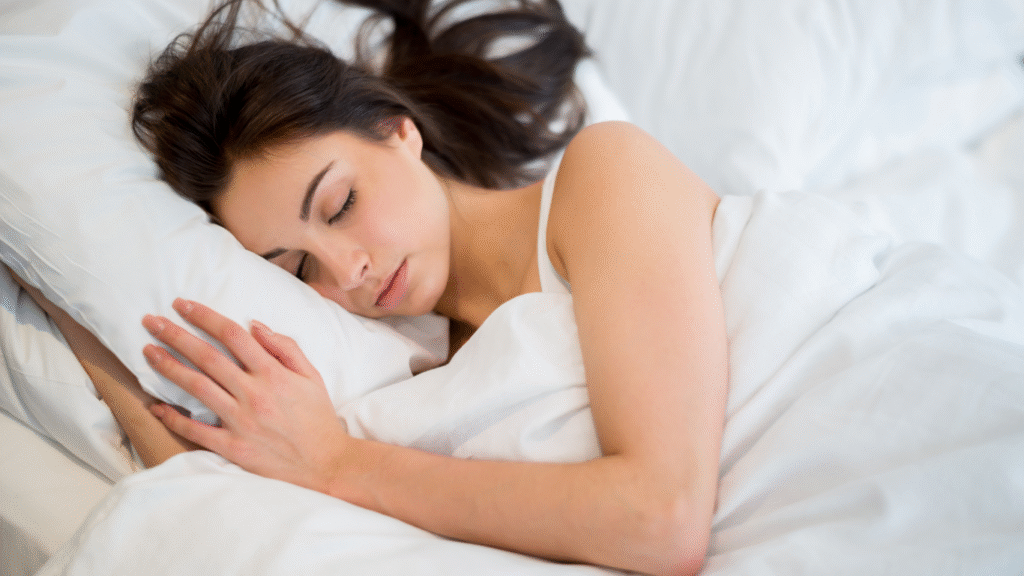
Sleeping on your side—especially the left side—isn’t just comfy, it’s backed by a range of health benefits. Research published in the Journal of Clinical Gastroenterology shows that left-side sleeping can reduce symptoms of acid reflux and promote better digestion overnight. This is because gravity helps keep the stomach contents in place, preventing heartburn from creeping up the esophagus.
Not to mention, this position is often the top recommendation for people with sleep apnea. “Left-side sleeping can help reduce airway resistance in individuals with obstructive sleep disorders,” says Dr. Ayesha Kim, a pulmonary sleep specialist.
Bonus: Side sleeping with a pillow between your knees can also ease lower back pressure and support spinal alignment, especially for women who experience hip discomfort or sciatic pain.
Back Sleeping: Great for Spine Support, Not So Great for Snoring
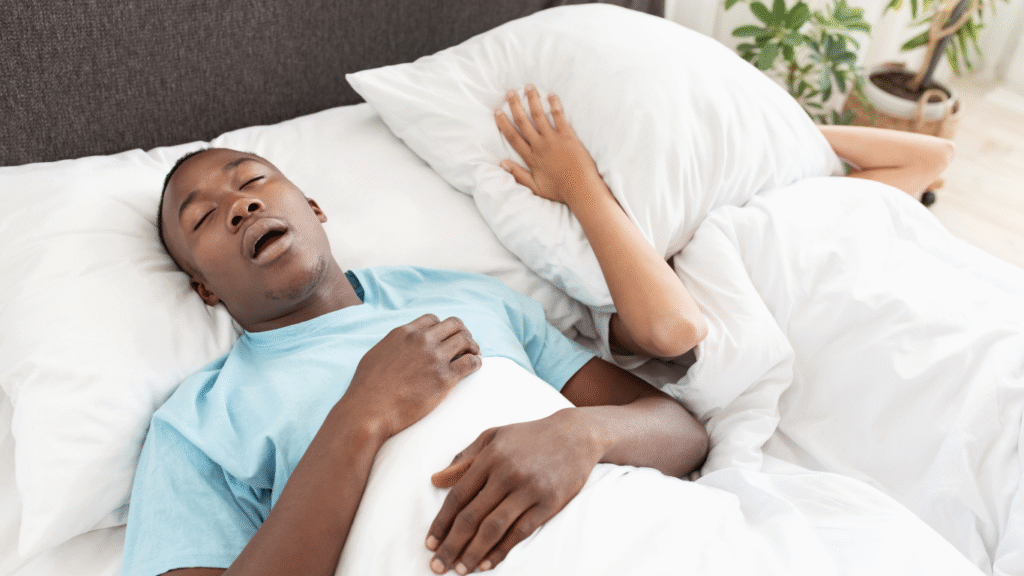
Sleeping on your back can be the gold standard for spinal alignment—if you don’t have certain underlying conditions.
“If you experience back or neck pain, sleeping on your back with a supportive pillow under the knees can promote neutral spine posture and reduce pressure on the lower back,” says orthopedic physical therapist Dr. Jorge Ellis. He also emphasizes the importance of mattress quality here: “A firm-to-medium support mattress that contours to your spine’s natural curvature can prevent morning stiffness.”
However, there’s a major caveat: Snorers and those with sleep apnea should avoid this position. Back sleeping can allow gravity to pull the tongue and soft tissue backward into the airway, worsening breathing problems and reducing oxygen intake.
If you’re a back sleeper who wakes up gasping or has been told you snore loudly, it might be time to switch things up—or at least elevate your head and neck with an anti-snore pillow.
Stomach Sleeping: A Controversial Favorite

Some people swear by it for comfort, but stomach sleeping is widely discouraged by sleep professionals.
Why? It forces your neck into a rotated position for hours, strains your spine, and places unnecessary pressure on your internal organs.
“While stomach sleeping may seem harmless, it creates long-term postural problems, including cervical spine misalignment and lumbar stress,” warns Dr. Nina Lowell, a chiropractor with 15 years of sleep posture research.
Still can’t quit this position? Try placing a thin pillow under your pelvis to reduce lower back strain and use the flattest pillow possible under your head—or none at all.
Your Health Conditions Should Guide Your Sleep Posture
There’s no one-size-fits-all when it comes to sleep. The best position for you depends largely on your body, health status, and comfort preferences.
Here’s a quick breakdown:
| Condition | Best Position | Avoid |
|---|---|---|
| Acid Reflux | Left-side sleeping | Back sleeping |
| Sleep Apnea/Snoring | Side sleeping | Back sleeping |
| Back Pain | Back sleeping with knee support | Stomach sleeping |
| Hip/Pelvic Pain | Side sleeping with pillow between knees | Stomach sleeping |
| Shoulder Pain | Back sleeping or alternate side | Affected side |
| Pregnancy | Left-side sleeping | Back or stomach sleeping |
Don’t Sleep on This: Your Mattress and Pillow Matter Too
Sleep posture doesn’t exist in a vacuum. A misaligned spine on a sagging mattress is still a misaligned spine.
Experts across the board agree: investing in a high-quality mattress and the right pillow is just as important as the position itself.
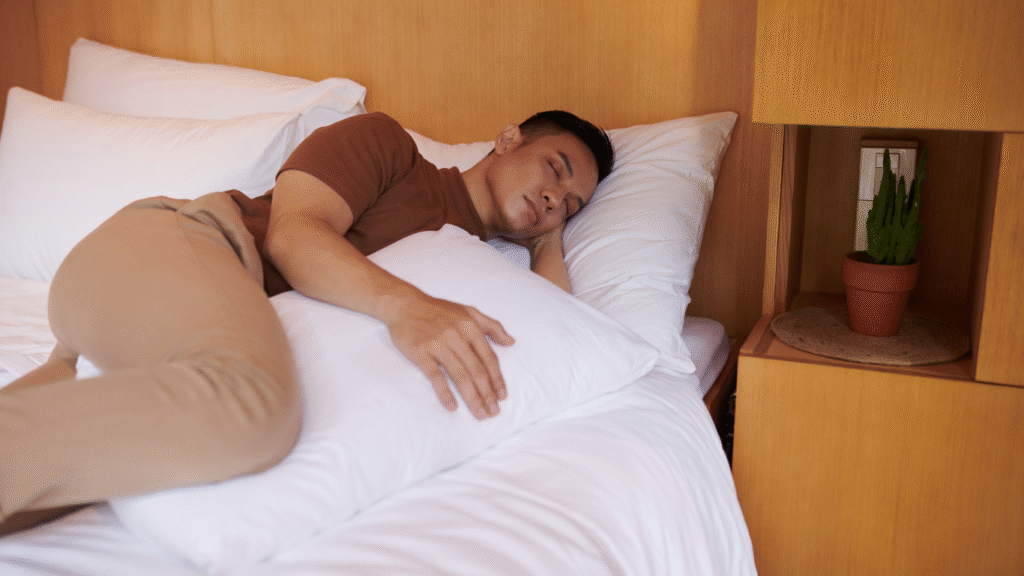
Look for:
- Mattress firmness that supports your weight and sleep position.
- Ergonomic pillows that align your head and neck.
- Body pillows or bolsters if you’re a side sleeper who tends to roll over.
The Bottom Line: Listen to Your Body
The healthiest sleep position is one that supports your spine, promotes good circulation, and feels natural to you—without causing pain or tension when you wake up.
So if your sleep routine needs a refresh, start with this simple question tonight: How do I feel when I wake up?
If the answer is “tired, sore, or stiff,” it might be time to turn your body (and your habits) in a new direction.
Share this with someone who always wakes up complaining about their back — they just might thank you for it.

